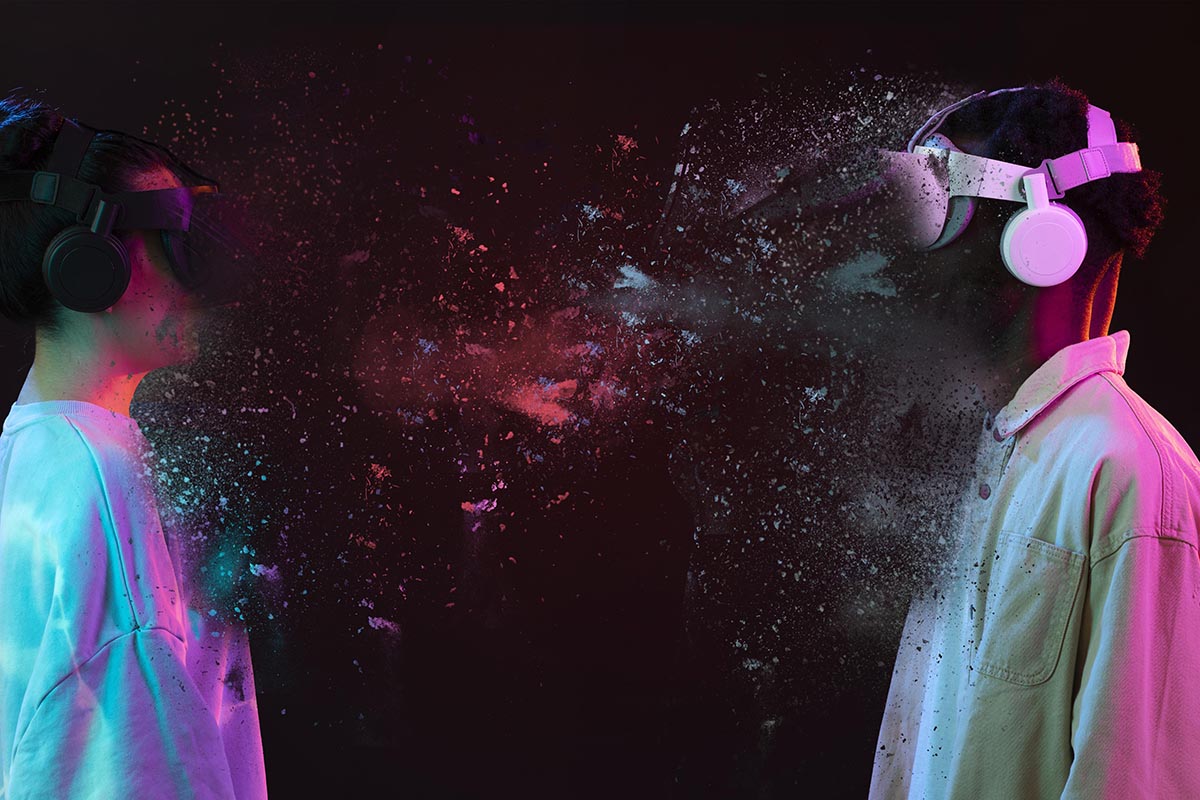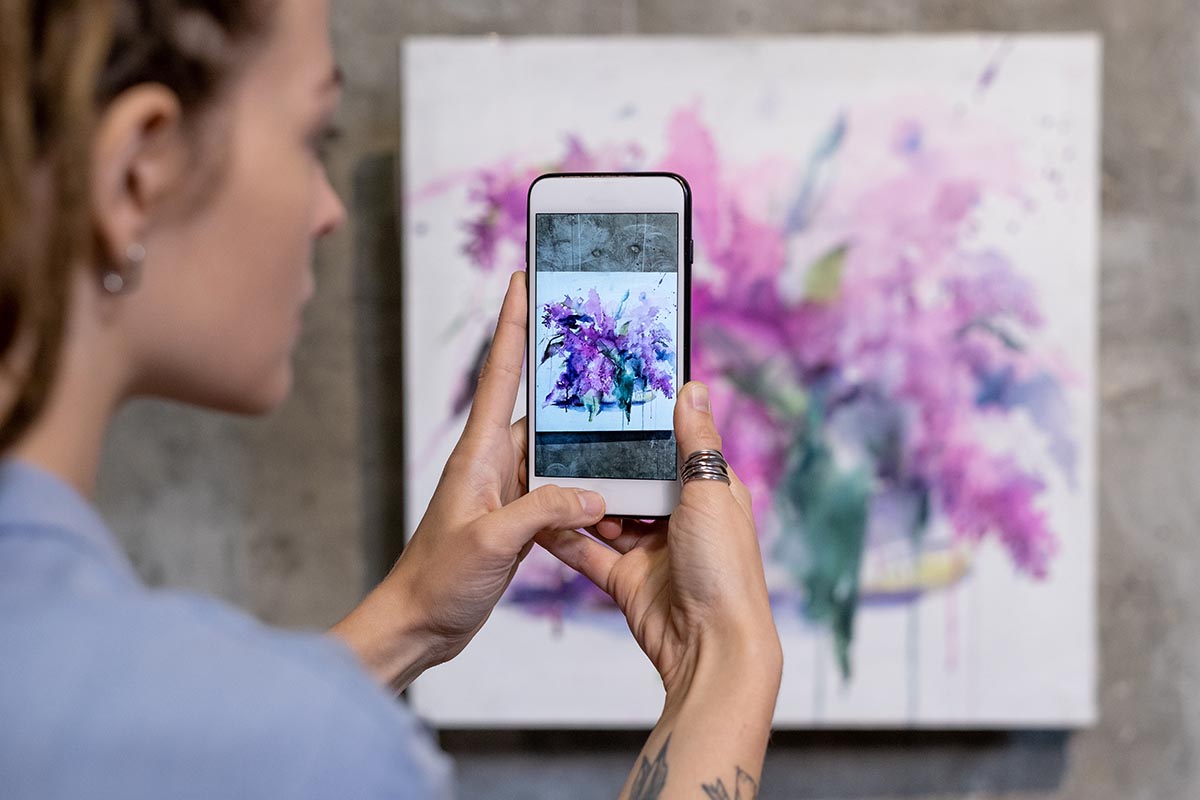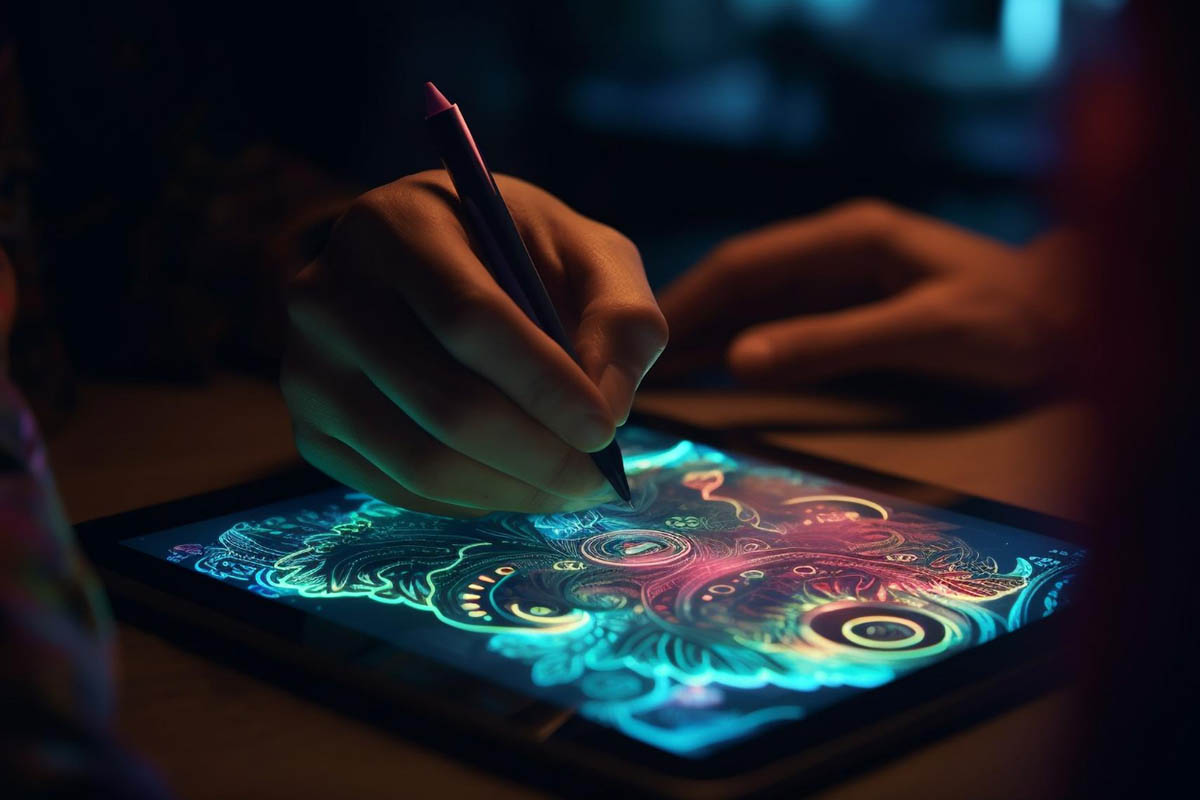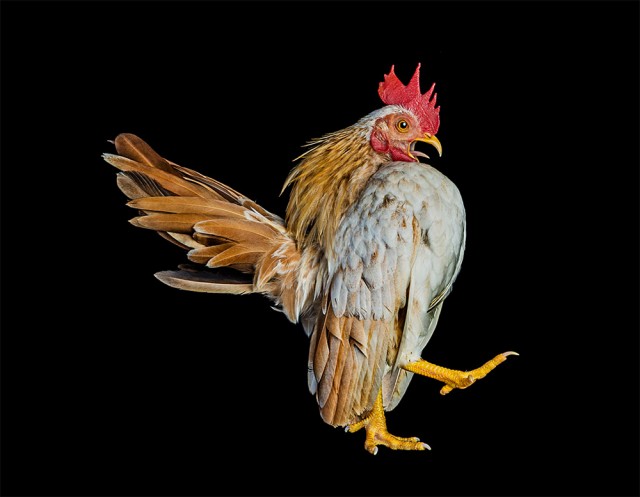Creative Ideas On Incorporating Technology Into Art Education
Art education fosters students’ creativity, self-expression, and critical thinking skills. As we enter the digital age, technology has become an integral part of our lives, and incorporating it into art education can open up new avenues for learning and artistic exploration.
Here, Jeff Glozzy explores some creative ideas on integrating technology into art education, enhancing students’ artistic abilities, and expanding their horizons.
Digital Drawing And Painting Tools
Traditional drawing and painting techniques are timeless and valuable, but introducing students to digital drawing and painting tools can be an exciting way to spark their creativity.
Software programs such as Adobe Photoshop or Corel Painter provide a range of brushes and effects that simulate traditional art materials. Students can experiment with various techniques and explore new artistic possibilities through digital mediums.
Augmented Reality (AR) Art
Augmented reality combines the real world with virtual elements, creating an immersive experience. Incorporating AR into art education allows students to bring their artwork to life.
They can use AR apps to overlay digital images, animations, or sound onto their physical artwork, adding an interactive and dynamic element. This technology enables students to showcase their creations uniquely and engagingly, fostering a deeper connection between the viewer and the artwork.
Virtual Reality (VR) Art
Virtual reality takes art experiences to a new level by transporting students into virtual environments. VR headsets enable students to explore and create artwork in immersive 3D spaces. They can experiment with sculpting, painting, and designing in a virtual realm without the limitations of traditional materials. VR art experiences provide a unique perspective and allow students to express themselves innovative and unconventionally.
Digital Photography And Photo Editing
Incorporating digital photography into art education can help students develop a keen eye for composition, lighting, and storytelling. Students can learn to capture and manipulate images using digital cameras or smartphones. Furthermore, teaching them photo editing techniques using software like Adobe Photoshop can enhance their understanding of visual aesthetics and enable them to transform their photographs into unique artistic expressions.
Animation And Motion Graphics
Animation and motion graphics are powerful mediums that blend art, storytelling, and technology. Introducing students to animation software, such as Adobe After Effects or Toon Boom Harmony, allows them to explore the principles of movement, timing, and storytelling through animated sequences. Students can create their characters, bring them to life, and convey narratives using visual storytelling techniques.
Digital Storytelling
Digital storytelling merges art with technology and provides a platform for students to communicate their ideas and emotions. Students can use various digital tools, such as video editing software or online platforms like Adobe Spark or Prezi, to create multimedia presentations incorporating images, videos, animations, and sound. This enables them to express their creativity and articulate their artistic vision compellingly and engagingly.
Collaborative Online Art Projects
Technology allows students to collaborate with peers from different locations and cultures. Online platforms like Google Jamboard, Padlet, or shared Google Docs can be utilized to facilitate collaborative art projects. Students can work together in real-time, sharing ideas, sketches, and feedback. This fosters community expands students’ perspectives, and promotes teamwork and cooperation.
Interactive Installations
Interactive installations combine art and technology to create immersive experiences for viewers. Students can use sensors, microcontrollers, and programming tools like Arduino or Raspberry Pi to design and build interactive artwork.
These installations can respond to the viewers’ actions or generate visual and auditory feedback. Through creating interactive installations, students explore artistic expression and develop skills in electronics, programming, and engineering.
Online Art Exhibitions
The internet provides a vast platform for students to showcase their artwork to a global audience. Teachers can organize online art exhibitions or create websites or social media pages to display students’ creations. This allows students to receive feedback, engage in discussions, and gain exposure beyond the confines of the classroom. Online exhibitions can inspire students and instill a sense of pride and accomplishment in their artistic endeavors.
3D Printing And Sculpture
Introducing students to 3D printing technology allows them to explore three-dimensional art. Students can design their sculptures using 3D modeling software and then bring their creations to life by printing them using a 3D printer. This process enhances students’ spatial awareness and problem-solving skills and exposes them to the practical applications of technology in art, such as prototyping or creating intricate and complex structures.
Online Art Courses And Tutorials
With online platforms and resources available, educators can leverage technology to give students access to various art courses and tutorials. Online platforms like Khan Academy, Skillshare, or YouTube offer many art lessons taught by professionals and artists worldwide.
Teachers can curate and recommend specific courses or tutorials based on students’ interests and skill levels. This exposes students to diverse art styles and techniques, encourages self-directed learning, and fosters a lifelong passion for art.
Incorporating Technology Into Art Education: Conclusion
Using technology in art education allows students to explore new mediums, experiment with techniques, and share their creations with a broader audience. Jeff Glozzy believes that by embracing technology as a tool for artistic expression, educators can empower students to become innovative artists.
As technology evolves, it is essential to adapt art education to equip students with the skills and knowledge needed to thrive in a rapidly changing world.



















